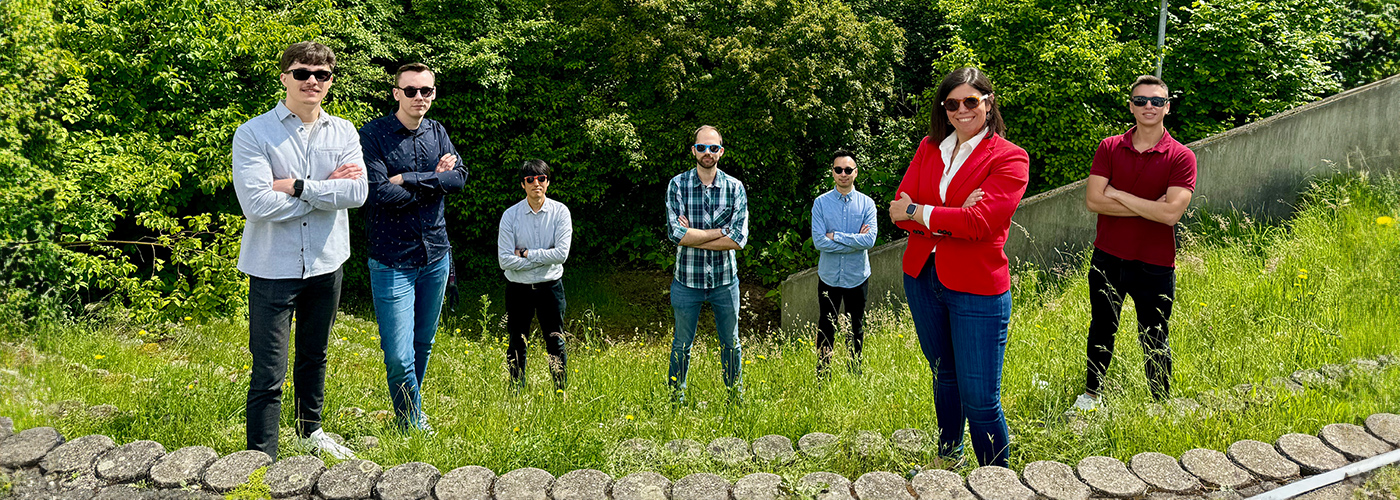Partikelsuspensionen die elektrisch leitfähig und fließfähig sind
Die Elektrofluide Forschungsgruppe untersucht neue Alternativen zu weichen, elektrischen Komponenten. Wir nutzen leitfähige Partikel, welche elektrische und mechanische Netzwerke in flüssigen Matrizes formen. Dieser neuartige Ansatz kombiniert klassische Perkolation von Partikeln in Kompositen mit Fluiddynamik. Unsere Forschung umfasst die Charakterisierung von Partikeln und deren Agglomerationsverhalten, Oberflächenfunktionalisierungen, elektrische und rheologische Untersuchungen, 3D Druck sowie Device Integration.

Die Forschung an Elektrofluiden wird unterstützt vom European Research Council (ERC)
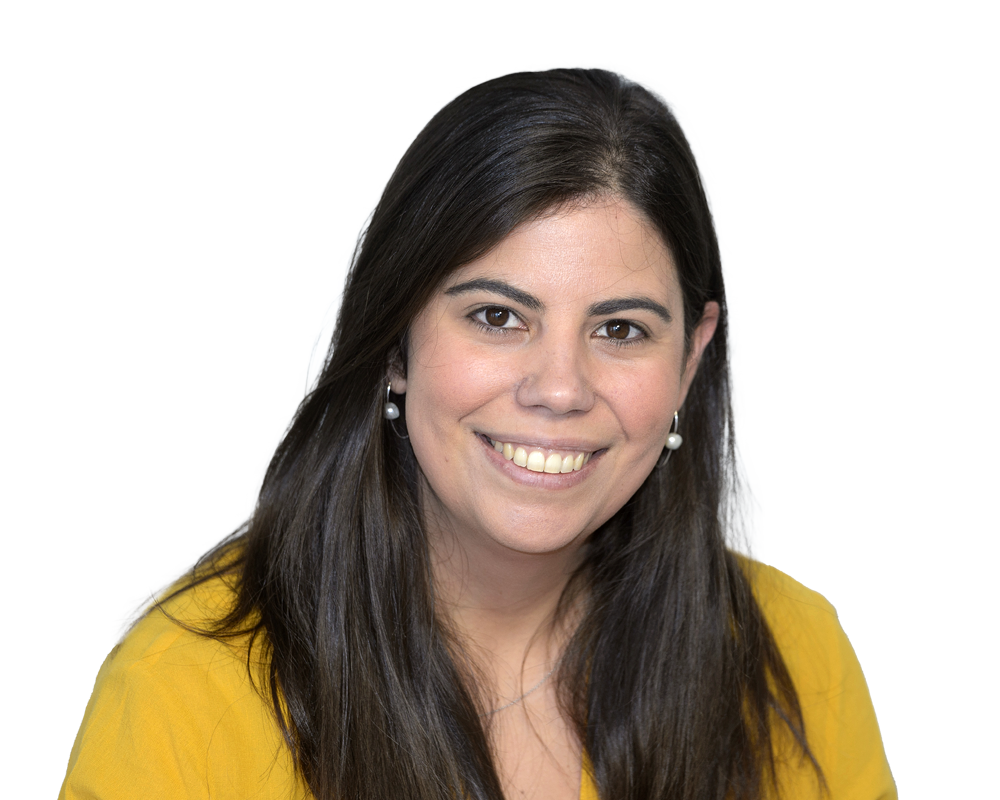
Mitarbeiter/innen
Forschung
Elektronische Bauteile und bewegliche Bauteile in Robotern werden traditionell aus Metallen und Halbleitern gefertigt. Die Junior-Forschungsgruppe Elektrofluide erforscht eine neue flüssige Alternative: Elektrofluide sind Suspensionen, die Elektronen leiten, während sie als Flüssigkeiten fließen. In elastischem Material eingeschlossen, können sie starre Leitungen ersetzen und machen somit weiche Bauelemente möglich. Um eine ausreichende Leitfähigkeit herzustellen, müssen die leitfähigen Partikel in den Suspensionen hochkonzentriert vorliegen. Sie bilden durchlässige leitfähige Netzwerke bei kontrollierbarer Viskosität. Wir untersuchen Suspensionen gängiger leitfähiger Materialien wie Kohlenstoff, Silber, Gold und Kupfer und vermeiden spezielle niedrigschmelzende Legierungen von Gallium oder anderen teuren Elementen.
Die Gruppe untersucht das Zusammenspiel von Partikel-Partikel-Reibung, Kontaktwiderstand, Perkolation, Volumenwiderstand und Suspensionsviskosität. Wir verwenden sowohl speziell hergestellte als auch kommerzielle Partikel in einem Größenbereich von zehn Nanometern bis zu wenigen Mikrometern und mit unterschiedlichen Formen, modifizieren ihre Oberflächen mit konventionellen und p-konjugierten Tensiden und erstellen konzentrierte Suspensionen, die eine große Leitfähigkeit bei niedriger Viskosität aufweisen. Die Kombination verschiedener Partikelgrößen, Formen und Flüssigkeiten ermöglicht es, die Eigenschaften der Fluide auf bestimmte Anwendungsfälle abzustimmen, z. B. um hochflexible Leitungen für Logiksignale oder Hochleistungsverbindungen für den Anschluss von Aktoren zu schaffen.
Die spezifischen Ziele dieser Forschungsgruppe sind:
- hochkonzentrierte Suspensionen zu entwerfen, die transiente perkolierende Netzwerke bilden,
- dieses Wissen zu nutzen und Fluide mit abstimmbarer elektrischer Leitfähigkeit bei niedriger Viskosität zu synthetisieren,
- zu zeigen, dass Elektrofluide für bestimmte Anwendungen maßgeschneidert werden können.
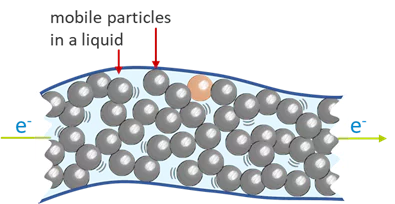
News
We launch our NEWS section!
Here, we want to share with you our last announcements and achievements, so please stay posted!
Congratulations and „welcome“, Niclas Hautz!
Niclas Hautz has successfully defended his Master thesis in Material Science entitled „Effect of water on electromechanical properties of polymer-based carbon black composites“. A work carried out in collaboration between Electrofluids group and Structure Formation group at INM. Congratulations! We are twice as happy because, far from being a goodbye, this brings more time together: Niclas starts today as PhD student in the Electrofluids group. We wish you all the best!
Goodbye 2022!
We had last week the traditional Christmas party together with the Structure Formation Group, a fun way to say goodbye to the year. Some of us went first play laser tag, unfortunately, Electrofluids (in red) could not beat SFG (in blue)…but they had 1 more player! After that we spent some time at the traditional Christmas Martket in Saarbrücken followed by a nice German dinner. We all wish you a happy Christmas and a good start into the year and are looking forward to more science and fun in 2023!
Dr. Lola González-García is now associated Junior Professor at the Saarland University!
Congratulations to our group leader Jun.-Prof. Dr. Lola González-García, who is now associated Junior Professor at the Department of Materials Science and Engineering of the Saarland University.
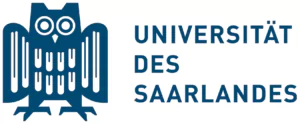
Proudly winners of the Corn Hole tournament!
Congratulations to our group leader Jun.-Prof. Dr. Lola González-García, who is now associated Junior Professor at the Department of Materials Science and Engineering of the Saarland University.
We welcome Niclas Hautz!
Niclas Hautz is a material scientist. He received his bachelor’s degree from Saarland University in 2021. Currently, he is doing his master’s degree at the Saarland University in the field of Material Science. He joins the Leibniz INM to do his master thesis at the Electrofluids group on the topic of composite technology, with special interest in double-percolating systems. Welcome to Electrofluids, we wish you all the best!
We welcome Sergio Lago Garrido!
Sergio Lago is an industrial chemical engineer. He completed his Bachelor degree in the university from Huelva, Spain. Now, he is working on his Master degree in chemical engineering with the specialization of Food and Pharmaceutical Products Engineering. He joins the Leibniz INM to work on his thesis in the Electrofluids group with focus on carbon nanotubes soft conductors. Welcome to Electrofluids, we wish you all the best!
Congratulations to Hendrik Rolshausen for defending his Master Thesis!
Our Master Student, Hendrik Rolshausen, has defended successfully his thesis entitled “Surface Modification and Characterization of Silver Particles and their Use in conductive Materials”. Congratulations!
Electrofluids @Nano2022 in Sevilla (06-10 June)
Dr. Lola González-García will present the last results on Electrofluids (and beyond) in Sevilla at the 16th International Conference on Nanostructured Materials (Nano2022).
- Monday, 6th of June at 11.15 h, S7_1: Electrofluids: electronic flowing leads based on conductive particle suspensions.
- Monday, 6th of June at 18.00 h, S11_3: Direct nanoimprinting of metal nanostructures: a method to fabricate flexible, transparent electrodes.
- Tuesday, 7th of June at 18.00 h, S7_3: Sinter-free inks of metal-polymer hybrid particles for printed electronics.
Check our paper published in Advanced Materials Technologies
Our collaboration with the Structure Formation Group at INM (Tobias Kraus) has resulted in a very interesting work on „Microscopic Softening Mechanisms of an Ionic Liquid Additive in an Electrically Conductive Carbon-Silicone Composite“. You can find the article: LINK. Congratulations to all the authors!
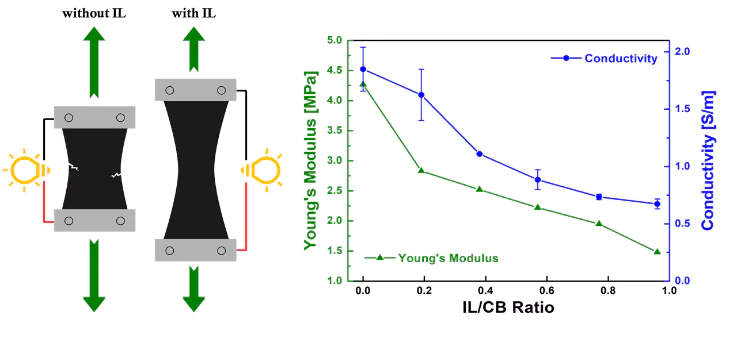
We welcome Dr. Srishti Arora!
Dr. Srishti Arora is a soft matter physicist. She completed her Ph.D. from Laboratoire Charles Coulomb, Université Montpellier, France in 2017 followed by her first Postdoctoral studies at Northwestern University, USA. Her research work broadly encompasses the synthesis of colloidal particles, preparation of complex fluids, polymeric gels, etc., and understanding their behavior under extreme mechanical stress utilizing rheological techniques coupled with microscopy/or high-speed imaging. Currently, she is working on the development of electronic suspensions and investigating their rheoelectrical properties.
Publikationen
Van Impelen, David | González-García, Lola | Kraus, Tobias
Advanced Electronic Materials , 2025, 11 (4), 2400533.
https://onlinelibrary.wiley.com/doi/full/10.1002/aelm.202400533
Haghipour, Amir | Arnold, Stefanie | Oehm, Jonas | Schmidt, Dominik S. | Gonzalez-Garcia, Lola | Nakamura, Hitoshi | Kraus, Tobias | Knoblauch, Volker | Presser, Volker
Advanced Energy and Sustainability Research , 2025, 6 2400239.
https://onlinelibrary.wiley.com/doi/10.1002/aesr.202400239
Van Impelen, David | Perius, Dominik | González-García, Lola | Kraus, Tobias
RSC Sustainability , 2025, 3 (4), 1800-1806.
https://pubs.rsc.org/en/content/articlelanding/2025/su/d4su00721b
Lago-Garrido, Sergio | Schmidt, Dominik S. | Martin Alfonso, María J. | González-García, Lola
Advanced Engineering Materials , 2025, 11 (11), 2400917.
https://advanced.onlinelibrary.wiley.com/doi/10.1002/aelm.202400917
Curto, Yannic | Arora, Srishti | Niebuur, Bart-Jan | González-García, Lola | Kraus, Tobias
Small , 2025, 21 (14), 2411506.
https://onlinelibrary.wiley.com/doi/full/10.1002/smll.202411506
Hautz, Niclas | González-García, Lola
Advanced Materials Technologies , 2025, 10 (16), e02012.
https://advanced.onlinelibrary.wiley.com/doi/10.1002/admt.202402012
Perius, Dominik | Engstler, Michael | Blum, Simon | González-García, Lola | Kraus, Tobias
Small Structures , 2025, 6 (10), 2500234.
https://doi.org/10.1002/sstr.202500234
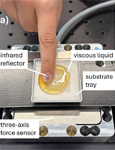
Fehlberg, Maja | Schmidt, Dominik S. | Saikumar, Sairam | Cavdan, Müge | Drewing, Knut | Bennewitz, Roland
Tribology Letters , 2025, 73 91.
https://link.springer.com/article/10.1007/s11249-025-02024-w
Van Impelen, David | Perius, Dominik | González-García, Lola | Kraus, Tobias
RSC Sustainability , 2025, 3 (4), 1800-1806.
https://pubs.rsc.org/en/content/articlelanding/2025/su/d4su00721b
Van Impelen, David | González-García, Lola | Kraus, Tobias
Journal of Materials Chemistry C , 2024, 12 (33), 12882-12889.
https://pubs.rsc.org/en/Content/ArticleLanding/2024/TC/D4TC02028F

